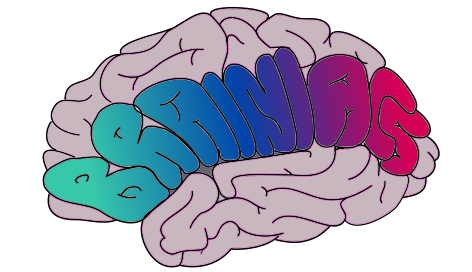10th Summer School on Biomechanics and Modelling in Mechanobiology
This year’s 10th Summer School on Biomechanics of Soft Tissue: From the Heart to the Cardiovascular System to the Brain (coordinated by Gerhard A. Holzapfel and Ray W. Ogden) was a scientifically engaging experience. Over an intensive five days, speakers gave a comprehensive insight into their respective research focuses.
Prof. Stéphane Avril from Mines Saint-Étienne, France, elucidated on his work on the identification of parameters using full-field optical measurements, DIC/DVC, optical coherence imaging, the Virtual Fields Method, and many other topics. Prof. Alain Goriely from the University of Oxford, UK, presented his results on modelling brain tissue and mechanics in relation to the shaping of the brain and skull during development, and on modelling and simulation research related to Alzheimer’s disease. Prof. Gerhard A. Holzapfel from Graz University of Technology, Austria, made the researchers familiar with the main aspects of mechanical and structural modelling of biological soft tissue, with a particular focus on fibre dispersion, recruitment and damage in arterial walls. Prof. Ellen Kuhl from Stanford University, USA, introduced a new constitutive artificial neural network for automatic model discovery for use in continuum mechanics material models. This was rounded off by a practical tutorial on the use of this theory by Skyler St. Pierre. Prof. David Nordsletten showcased his team’s work in cardiac biomechanics, patient-specific modelling, haemodynamic modelling, and fluid-structure interaction. Prof. Ray W. Ogden gave detailed lectures on the continuum mechanics required for application to constitutive modelling of soft biological tissue, and on the importance of residual stresses and their influence on the elastic response of arteries.
The lectures were followed by interesting discussions on concepts and future research. In addition, members of the CRC 1540: Exploring Brain Mechanics Yashasvi Verma (from the Institute of Applied Mechanics), and Oskar Neumann (from the institute of Continuum Mechanics and Biomechanics), presented their respective projects to the community. They also provided an insightful overview of the CRC’s overarching mission, aimed at fostering potential collaborations with fellow researchers worldwide.









